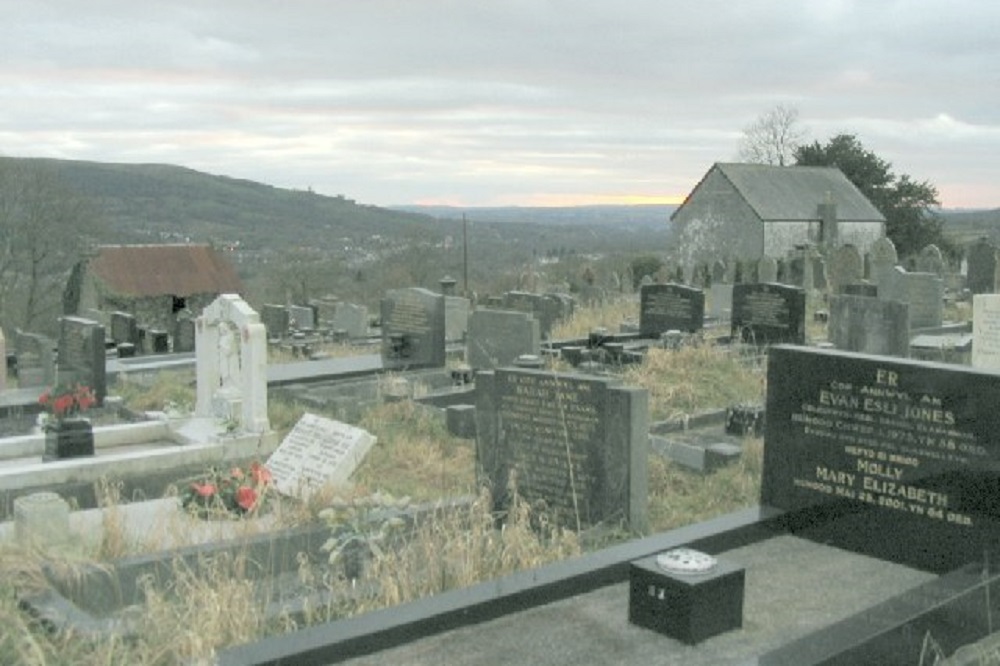Part One: Brittle with Relics – A History of Wales 1962-1997

This weekend, Nation.Cymru is honoured to publish two exclusive extracts from the newly published Brittle with Relics by Richard King.
The book is a landmark history of the people of Wales during a period of great national change, collecting the oral histories of Cymru and Cymraeg, of the people, place, and of ‘seismic events’ which have shaped Wales through recent history.
Introducing the collection of voices, Richard King reflects on his own place in the social, temporal, and physical landscape, and examines the tensions and arguments within Wales over what constitutes Welsh identity.
“There is no present in Wales,
And no future;
There is only the past,
Brittle with relics.”
— ‘A Welsh Landscape’, R. S. Thomas
Richard King
In the West Wales Chapel tradition Sul y Blodau, ‘flowering Sunday’, falls on the day more popularly known as Palm Sunday and is the occasion relatives dedicate to tidying the ground and foliage around the gravestones of the departed, before supplying the monuments with fresh flowers.
As Easter is a movable feast and Palm Sunday is celebrated a week before Easter Day, Sul y Blodau may take place on any date in spring between the sharp winds of March and the lengthening daylight of mid-April. Although named as a Sunday, this is an activity that more usually takes place on a Saturday.
The journey I make to carry out duties on Sul y Blodau takes me from my home in Powys, in the middle of mid-Wales, to the lower reaches of Y Mynydd Du, the Black Mountain, a series of peaks in Carmarthenshire typical of the Welsh hinterland. It then leads me to the churchyard of Hen Fethel, the cemetery where the extended family on my mother’s side are buried, which stands alone on a hillside above the village of Garnant in the Amman Valley.
Hen Fethel consists of a graveyard, a long-shuttered chapel or tŷ cwrdd (a ‘meeting house’), and a derelict stables. A sign on the front of the chapel wall bears an inscription notable for being written in English rather than in the Welsh language, Cymraeg: ‘This Bethel was built in 1773.’ Looking up towards Y Mynydd Du and its unencumbered expanses free of telegraph poles or any other signifier of modern activity, it is possible to imagine the life of the chapel in previous centuries.
Hen Fethel is the oldest chapel in the Amman Valley and was a place of worship for the branch of Welsh Nonconformity that took hold with great vigour during the late eighteenth century in both rural and urban areas of the country. Where country families would have previously congregated in farmhouses, this isolated meeting house provided a venue for communal services. The atmosphere of the rural graveyard and its now abandoned buildings bestows a numinous charge familiar to all who regularly visit. As is the case for many, if not all, graveyards, there is an eeriness to the place.
Local folk tales speak of a top-hatted figure who stands watch at the chapel gate; of spirits that process up and down the narrow, winding country road that leads to the churchyard; of ghosts that have not yet been laid to rest; and of organ music being played in the chapel at night, music that is audible despite the fact the chapel has never contained such an instrument.

Black diamond
To imagine the view downwards from Hen Fethel towards Garnant a century ago is more demanding. During these years, when the Amman Valley lay at the centre of the anthracite mining industry, its built environment included the chimney stacks and winding towers of collieries, their pitheads and washeries, which stood adjacent to fields of livestock grazing in the shadows of the precarious spoil tips that were raised in piles and took the form of new, black tumuli in the landscape.
The geology of the valley was rich in a coal prized for its lack of impurities, high carbon content and energy density, so collieries were established accordingly along the Amman Valley in the 1870s. These characteristics ensured anthracite, the black diamond, was the most valued form of coal and led the industrial communities at the western edge of the South Wales coalfield to boast, with justification, that they mined the finest coal in the world.
Garnant, Pontamman, Gwaun-Cae-Gurwen, Brynamman and Rhosamman, the villages of the Amman Valley that grew next to one another along the anthracite seam, all contained a substantial number of collieries. According to the 1921 Census, the immediate area surrounding Garnant, the village in which my family lived, contained a workforce sufficient for twenty mines. The Amman River, which flows from its source among the cold peaks of Y Mynydd Du, was blackened by coal dust as its water ran through the anthracite villages towards the town of Ammanford.
In the foothills above the villages remnants of open pits are still visible. There are holes in the fields that initially suggest badger setts or rabbit warrens but are too substantial for animals. On closer inspection they are revealed to be the grassed over sites of former ventilation shafts, or the soft edges of what were once tunnel entrances.
Many small mining communities suffered the tragedy of industrial disasters. In Garnant, in 1884, seven men and three fourteen-year-old boys fell to their deaths in the main local pit known as Pwll Perkins. The winch rope holding the cage that transported the miners during their descent to the coalface snapped. The cage and its ten occupants were sent plummeting seventy metres to the bottom of the mine shaft; the families of the men and children were left without any compensation.
In each of the anthracite mining villages the neat terraces built to house the labour force remain. Other buildings also provide an echo of the ethos of these communities in their industrial heyday. Though barely a mile apart, every village is represented by a rugby club and is home to a significant number of chapels and churches. But the buildings most laden with history are the now largely deserted miners’ institutes and workmen’s halls.

Egalitarian spirit
These proud spaces were the physical manifestation of the urge for communal self-improvement and the egalitarian spirit of working towards the shared purpose of better conditions and livelihoods characteristic of the mining industry. This impetus thrived until the middle of the twentieth century and endured still, in the decades that followed.
Such places were also a locus of an altruism that ensured families affected by industrial accidents would not be abandoned without support and resources. In addition, the halls and institutes provided every member of the community with access to a library and, through initiatives such as the Workers’ Educational Association, founded in 1903, an opportunity to learn, study and discuss.
Although easily romanticised, the epoch of the miners’ institutes achieved an accumulation of knowledge and sustained a mutual philanthropy that was unparalleled in Wales during the twentieth century. This shared educational wealth produced communities of autodidacts who practised an avowed collectivism. It was a social contract that prospered equally below ground, in the frequently challenging conditions of the coalface, and in daily life above the surface.
In Garnant, the Workmen’s Hall and Institute remains one of the most prominent buildings in the village. Long encased in barriers and perpetually For Sale, it once served as a meeting room; a venue with the capacity for an audience of almost a thousand; a cinema and a community hall. This last function was reflected in its nickname: Hall y Cwm, the valley hall.
The hall was opened in 1927, the year following the General Strike, at a ceremony held on 19 February. My grandfather, himself a miner, was among the audience. Until its closure almost fifty years later in 1972 the hall staged operas, operettas and musicals and hosted meetings of societies and organisations including the Young Farmers’ Club, the Urdd, the Cwmamman Silver Band, the local branch of the Red Cross Society, the Association for the Blind, the Old Age Pensioners’ Society, Amman United Football Club, the Carnival Committee, the Cwmamman Peace Committee, numerous political parties, trade unions and various Chapel denominations. In 1960 my parents spent a terrified hour and a half there watching the newly released Psycho.
Almost four decades after its closure, a period in which the building struggled to find a purpose, a significant cannabis harvest was discovered during a police raid in 2009; a secular temple to community culture and social energy had been secretly redeveloped for the black economy.
Part two will follow on Sunday
Brittle with Relics is published by Faber and can be purchased here or from good bookshops
Support our Nation today
For the price of a cup of coffee a month you can help us create an independent, not-for-profit, national news service for the people of Wales, by the people of Wales.




